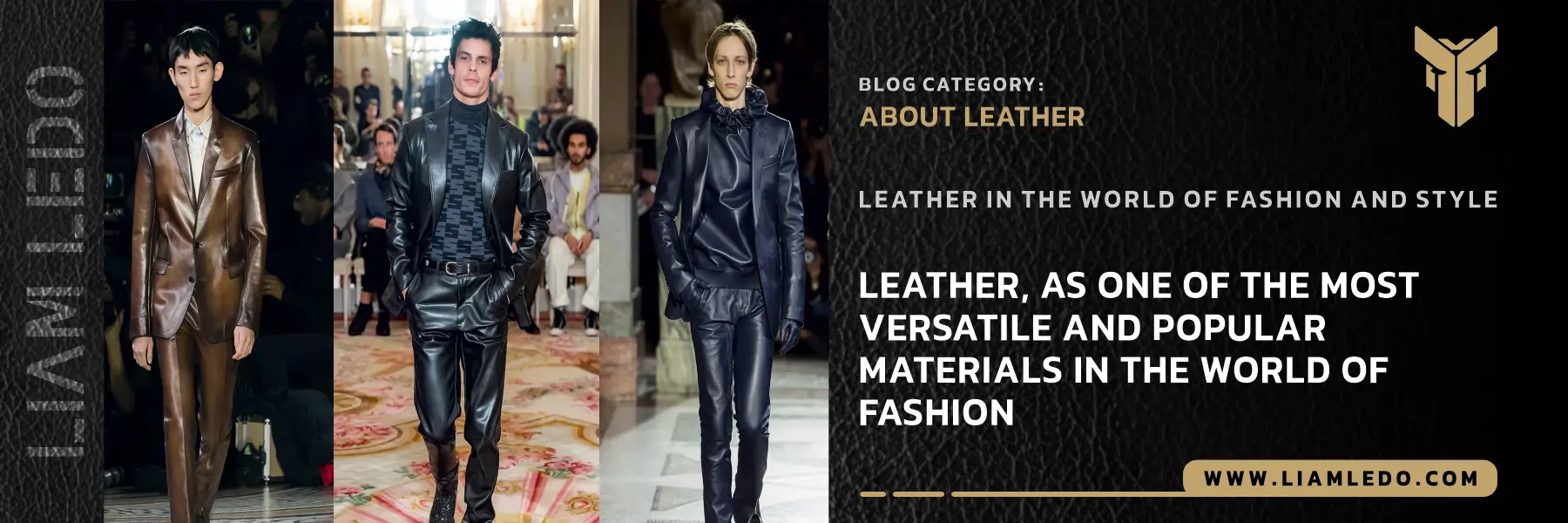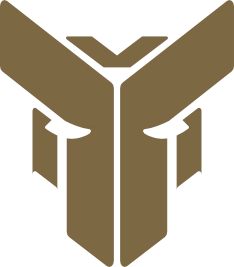
Leather has been a cornerstone in the world of fashion for centuries. From medieval armor to modern runway collections, leather remains one of the most iconic and enduring materials in the industry. This article explores the pros and cons of leather in fashion, examining its historical significance, common uses, and ongoing relevance in contemporary style trends. By understanding both its advantages and drawbacks, you can make more informed choices when incorporating leather into your wardrobe.
Learn more about leather and make better choices:
1. History of Leather in Fashion:
The use of leather in fashion dates back to ancient civilizations. Early humans used animal hides for clothing and shelter, valuing its durability and protection. As society advanced, leatherworking became more refined, evolving into a craft of beauty and sophistication. During the Middle Ages, leather was essential for armor and accessories, while in the Renaissance, it found a luxurious place in gloves, shoes, and bags.
Fast forward to the 20th century, leather in modern fashion gained prominence with the rise of biker culture, rock ‘n’ roll, and high-end designers embracing the material in their signature collections. From traditional leather working techniques to cutting-edge design, leather continues to symbolize a blend of strength, elegance, and rebellion.
2. Types of Leather Used in Fashion:
Understanding the different types of leather used in fashion helps highlight both its versatility and appeal:
- Cowhide Leather: Known for its durability and strength, it’s commonly used in jackets, shoes, and bags.
- Lambskin Leather: Lightweight and ultra-soft, lambskin is ideal for luxury clothing like gloves, coats, and designer handbags.
- Goat Leather: With a slightly grainy texture, it balances flexibility and durability—perfect for modern accessories.
- Ostrich Leather: Recognized for its unique quill patterns and premium price tag, it’s used in luxury handbags and fashion items.
Each type of leather offers different qualities, influencing its use in either classic or trend-driven designs.
3. Common Uses of Leather in Fashion:
One of the biggest advantages of leather in fashion is its wide range of applications:
- Leather Clothing: From iconic leather jackets to elegant skirts and trousers, leather apparel never goes out of style.
- Leather Shoes: Known for both fashion and function, leather shoes are staples in casual and formal wardrobes alike.
- Leather Bags: Leather handbags and backpacks are valued for their long-lasting quality and stylish appearance.
- Accessories: Belts, wallets, watch straps, and gloves made from leather add a refined touch to any outfit.
These uses not only showcase the material’s diversity but also affirm its presence across both luxury leather accessories online and everyday fashion.
4. Pros and Cons of Leather in Fashion:
Let’s dive into the key pros of leather in fashion, especially why both designers and consumers continue to favor it:
1. Durability and Longevity
- ✅ 1. Durability and Longevity:
- Leather products can last for decades with proper care. Unlike many synthetic materials, real leather ages gracefully and even develops a desirable patina over time.
- ✅ 2. Classic Appeal:
- Leather brings timeless elegance to any piece. Whether you’re wearing a tailored leather blazer or carrying a structured leather tote, the material exudes sophistication.
- ✅ 3. Comfort and Flexibility:
- High-quality leather adapts to the body, becoming more comfortable with wear. Lambskin and goat leather, in particular, are praised for their soft feel and flexibility.
- ✅ 4. Breathability:
- Unlike synthetic alternatives, leather is naturally breathable, reducing sweat and moisture buildup in shoes and jackets.
- ✅ 5. Symbol of Luxury:
- From traditional leather coats for women to custom-made handbags, leather is often associated with premium, high-end fashion.
Despite its many strengths, there are also cons of leather in fashion that are worth noting:
- ❌ 1. Sensitivity to Moisture:
- Leather can be damaged by water, humidity, or poor storage. Mold, stains, and cracks may appear without proper maintenance.
- ❌ 2. High Cost:
- Leather’s craftsmanship and raw material cost contribute to its premium pricing, which may be a barrier for budget-conscious consumers.
- ❌ 3. Ethical and Environmental Concerns:
- The leather industry is often criticized for animal cruelty and environmental impact. Issues like deforestation for grazing, chemical tanning processes, and high water usage are central to this debate.
5. Real Leather vs Synthetic Leather in Fashion:
As concerns over ethics and sustainability grow, many consumers are shifting towards synthetic leather alternatives. But how does faux leather compare?
- Advantages of Synthetic Leather: It is more affordable, widely available, and cruelty-free. It’s also lightweight and easier to clean.
- Disadvantages of Synthetic Leather: Faux leather lacks the breathability and longevity of real leather. Over time, it may peel or crack and is often less environmentally friendly due to plastic content.
This ongoing debate—real leather vs synthetic leather fashion—remains central to fashion’s shift toward sustainability.
6. The Role of Leather in Fashion Trends and Styles:
Leather’s impact on fashion extends beyond materials—it shapes trends and identities:
- Rock and Punk Styles: Black leather jackets, studded belts, and tight pants define this rebellious fashion subculture.
- Motorcycle Aesthetic: The iconic biker jacket is both functional and fashionable.
- Formal and Classic Fashion: Leather dress shoes, belts, and bags complete polished, professional looks.
- Seasonal Trends: Each year, leather appears on runways in new silhouettes, colors, and finishes—affirming its trend-proof nature.
These examples highlight leather’s ability to evolve with style while staying rooted in tradition.
Conclusion:
When it comes to weighing the pros and cons of leather in fashion, it’s clear that the material still holds significant value. Its beauty, strength, and cultural symbolism keep it relevant, even as the industry shifts toward more sustainable practices. Understanding these factors allows consumers to balance tradition with modern values when choosing leather products.
For consumers and fashion enthusiasts, choosing between authentic leather and synthetic alternatives comes down to personal values, budget, and intended use. Whether you’re drawn to leather fashion trends or appreciate the craftsmanship of traditional leather working, leather remains an undeniable force in the fashion world.
Source: The Gentleman’s Gazette | Wikipedia




